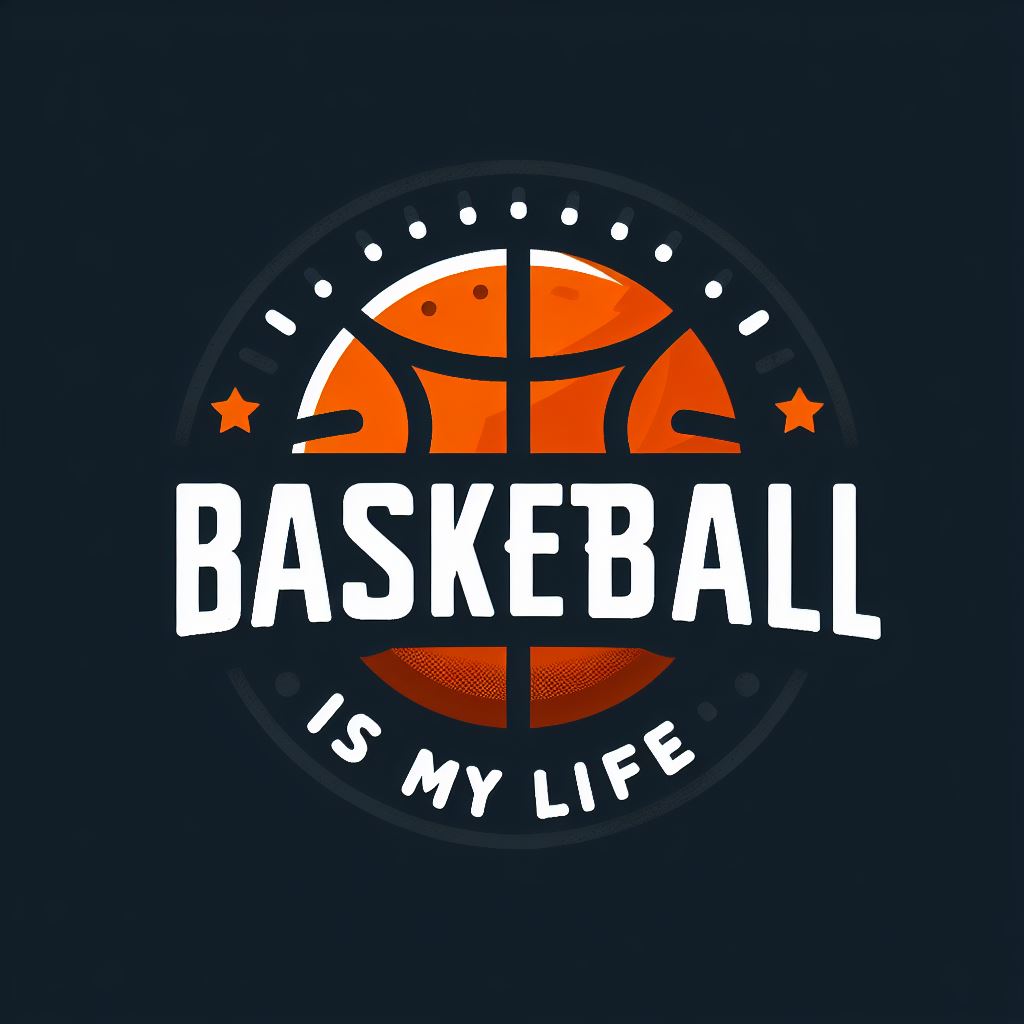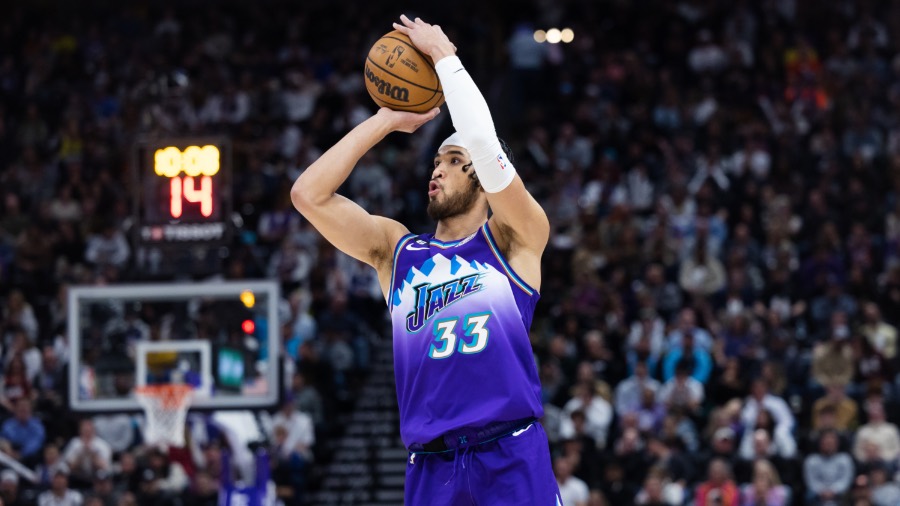SALT LAKE CITY – It hasn’t been a very rosy summer for the Utah Jazz as their big game hunting plans have fallen through.
The team’s offseason additions consist of low-cost veterans and high-potential rookies who aren’t ready to add wins to the team’s end-of-season record.
Despite these no-frills signings, the Jazz will enter the 2024-25 season doing better than the last time they took the field: shooting on goal.
Jazz added shooting to their roster this summer
After last year’s trade deadline, the Jazz finished the season as one of the worst teams in the NBA in three-point shooting.
From February 7 through the end of the year, the Jazz made just 34.7 percent of their three-pointers, tied with the Charlotte Hornets for the fifth-worst percentage in the league.
THE @utahjazz Winger Svi Mykhailiuk is reportedly being signed for four years.
What does this mean for the list?#takenote https://t.co/1VO2LaMZE6
— KSL Sports (@kslsports) August 9, 2024
The main reasons for the drop were the trades that sent three-point shooter Kelly Olynyk (43 percent) to the Toronto Raptors and three-point shooter Simone Fontecchio (39 percent) to the Detroit Pistons.
With only Kira Lewis Jr. returning to the Jazz in trades, the team never fully replaced the playing space lost with Olynyk and Fontecchio.
Newcomers should add space for jazz
While where and how often they’ll be used remains to be determined, the Jazz should see an increase in floor space with the addition of veteran shooters Svi Mykhailiuk and Patty Mills.
Mills is coming off the worst year of his NBA tenure in terms of three-point shooting, shooting just 28 percent, but he is sporting a career-high 38 percent from the field on an impressive 4.4 attempts per game.
NEW: According to reports, the @utahjazz will sign Patty Mills. https://t.co/pUjIiwfLJ5
— KSL Sports (@kslsports) August 14, 2024
Mykhailiuk has made 36 percent of his three-pointers over his career, but he has made 40 percent of his three-pointers over the past two seasons.
The Jazz could also benefit from the support of Cody Williams, who made 37 percent of his three-pointers in Vegas Summer League and 41 percent of his three-pointers as a freshman at Colorado.
Shooting might just be the easiest way for Kyle Filipowski to see the field as a rookie if he can continue his success rate from Vegas.
After shooting 35 percent from three as a sophomore at Duke, Filipowski shot 38 percent from three in Vegas.
Does shooting matter if the Jazz Tank?
The question for the Jazz is whether shooting has value on a team that isn’t primarily focused on winning.
While winning may not be in the Jazz’s best interest if they’re aiming for a top pick in next year’s draft, proper floor spacing can be a key player development component for the rookies and sophomores on the roster.
Keyonte George (32 PTS) made 9 three-pointers on the night to tie the rookie record!
Warriors-Jazz | Live on the NBA app
📲: https://t.co/JyID3RSrsv pic.twitter.com/WhNDrNRDgw— NBA (@NBA) February 16, 2024
Last season, Keyonte George had to take a lot of three-pointers as a rookie to provide adequate spacing within the offense.
Ideally, adding better floor spacing for the team’s newcomers will improve the quality of shots for the team’s younger players, easing their burden and the difficulty of their development.
Fewer bad shooters in the squad
While the Jazz added some proven shooters to the roster, they also cut players who didn’t provide much floor space.
Talen Horton-Tucker was the main culprit, attempting 3.6 three-pointers per game while making just a third of his attempts.
Luka Samanic, a 20 percent three-point shooter, is also gone from the roster, as is Kris Dunn, who shot 37 percent from three-point range but was a reluctant shooter with just 1.7 attempts per game, allowing opposing defenders to sag on him on the perimeter.
Jazz need to improve their inside shooting
While the Jazz will get a shooting boost from offseason additions, they’ll also need to see an increase in the percentage of players they retained from last season, particularly in the backcourt.
George shot just 33 percent from three-point range on 5.8 attempts per game.
Oddly enough, George was a better shooter last year off the dribble than he was off the catch-and-shoot, and if he can match his dribble percentages as a stationary shooter, his efficiency will increase dramatically.
Jordan Clarkson (38 PTS) set a new franchise record for most 30+ point games off the bench in the Jazz’s win over the Wizards! pic.twitter.com/qKkQYUSqk7
— NBA (@NBA) March 5, 2024
Jordan Clarkson had the worst year of his career in terms of three-point shooting, hitting just 29 percent of his 5.6 attempts.
Like George, Clarkson was asked to make nearly half of his three-pointers off the dribble, but he made only 25 percent of his pull-up three-pointers, as opposed to standing three-pointers.
Clarkson has made 33 percent of his three-pointers over his career, and his 5.6 attempts per game are right around his career average. While this could be attributed to an overall decline, there is some evidence to suggest that it could simply be due to a decline in shooting for the point guard.
Rookie Brice Sensabaugh also failed to crack 30 percent from three-point range but was a better shooter at every other stop in his career.
In his lone season at Ohio State, Sensabaugh shot 40 percent on 4.5 attempts per game. At the Salt Lake City Summer League, he shot 40 percent on five attempts per game.
Coupled with an increased role for Johnny Juzang, who shot 41 percent from three-point range last season, there’s reason to be optimistic that the Jazz have improved their shooting this summer compared to where they ended last season.
Are you already on Threads? Let’s connect, follow us @kslsports.
Ben Anderson is the Utah Jazz insider for KSL Sports and co-host of Jake and Ben from 10 p.m. to 12 p.m. with Jake Scott on 97.5 KSL Sports Zone. Find Ben on Twitter at @BensHoops or on Instagram @BensHoops.

